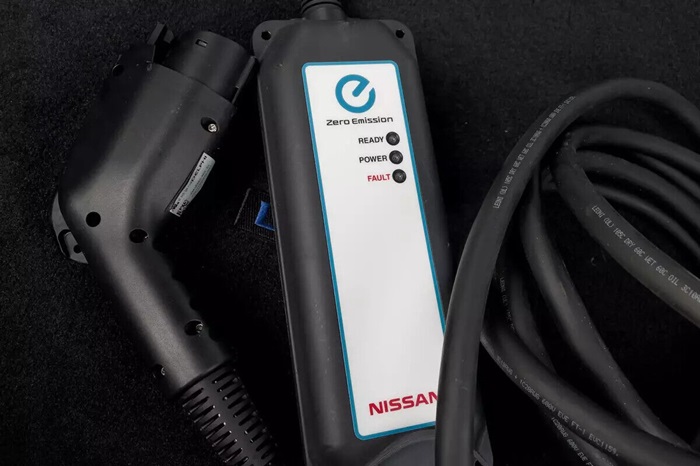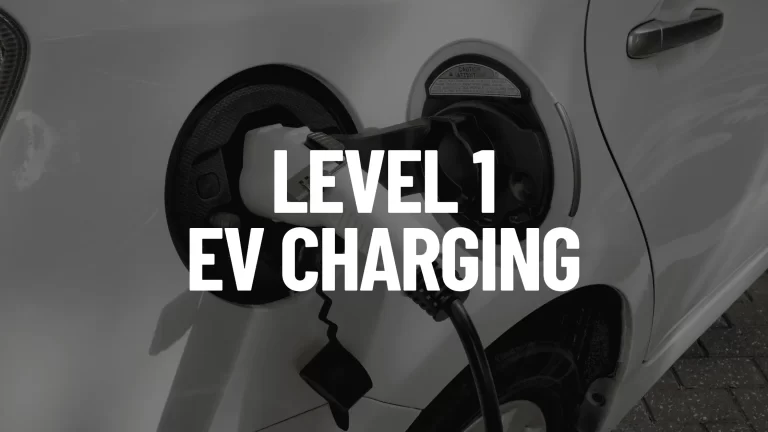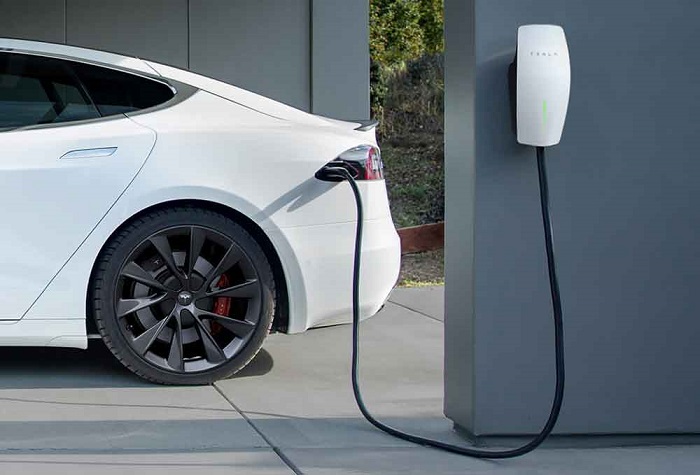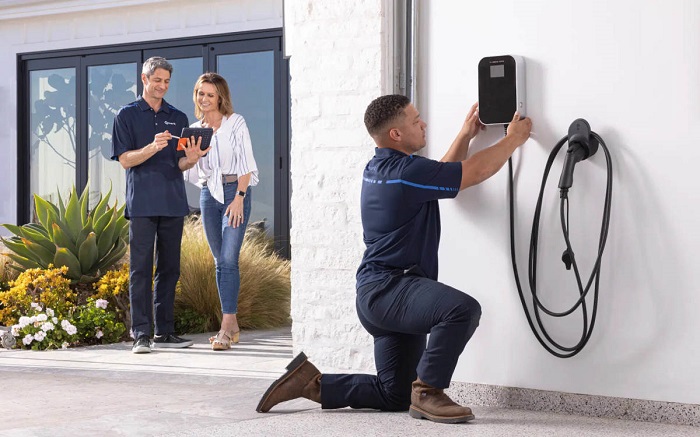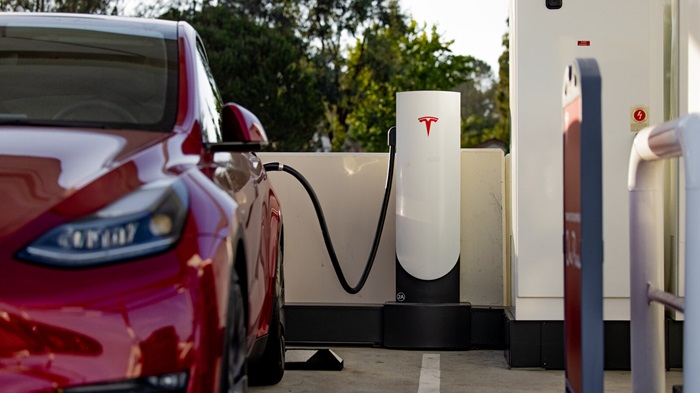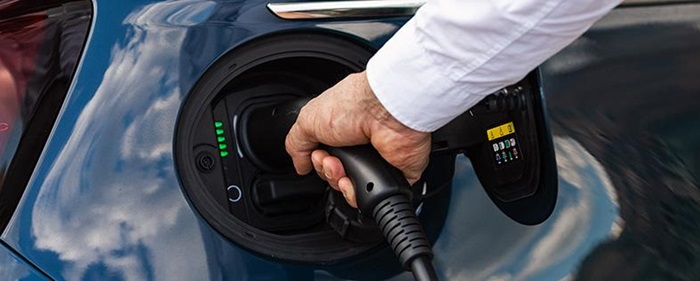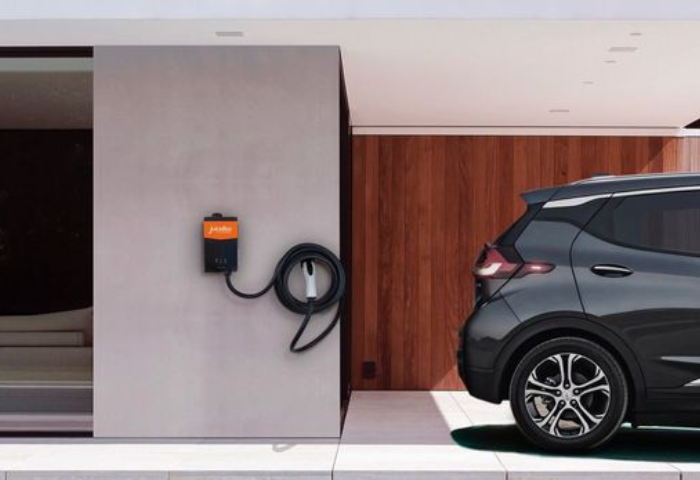The Nissan Level 1 Charger: A Convenient Option for Home Charging
The Nissan Level 1 charger is a practical and cost-effective solution for the everyday charging of Nissan electric vehicles. Its affordability, convenience, and portability make it an ideal choice for drivers who primarily charge their vehicles at home or work.
While the charging time is slower compared to higher-level chargers, it is sufficient for overnight charging or topping off the battery during the day.
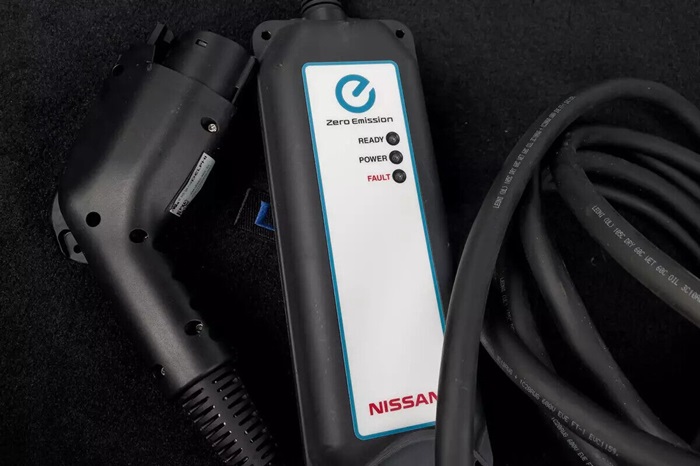
What is a Nissan Level 1 Charger?
Definition and Function
A Nissan Level 1 charger, also known as an EVSE (Electric Vehicle Supply Equipment) or simply a portable charger, is a basic charging unit designed to connect an electric vehicle (EV) to a standard household electrical outlet. These chargers typically come with Nissan electric vehicles, allowing owners to charge their vehicles at home without requiring any special installation or equipment.
The Level 1 charger plugs into a standard 120-volt outlet, commonly found in homes, and connects to the EV through a dedicated charging port. It provides a slow charging rate compared to Level 2 chargers, typically adding around 3-5 miles of range per hour of charging, depending on the specific vehicle model and conditions
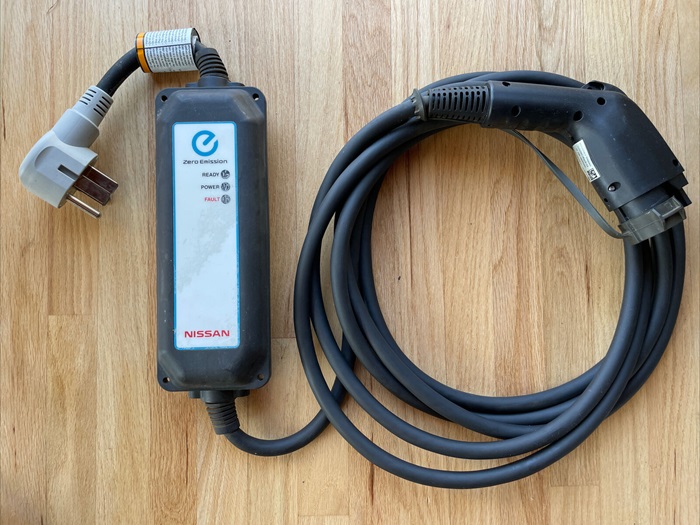
Compatibility with Nissan Vehicles
Compatibility-wise, all Nissan EVs are compatible with Level 1 charging using the included charging cable, such as the Nissan LEAF and Nissan Ariya. They come equipped with the necessary connectors and communication protocols to safely and efficiently charge these vehicles.
However, charging speeds will vary depending on the vehicle model and battery size. For example, a Nissan Leaf with a 40kWh battery can add up to 5 miles of range per hour of Level 1 charging, while a Nissan Ariya with a larger 87kWh battery can add up to 8 miles of range per hour.
How to Use a Nissan Level 1 Charger?
Step-by-Step Guide
Using a Nissan Level 1 charger is relatively straightforward, and here’s a step-by-step guide to help you through the process:
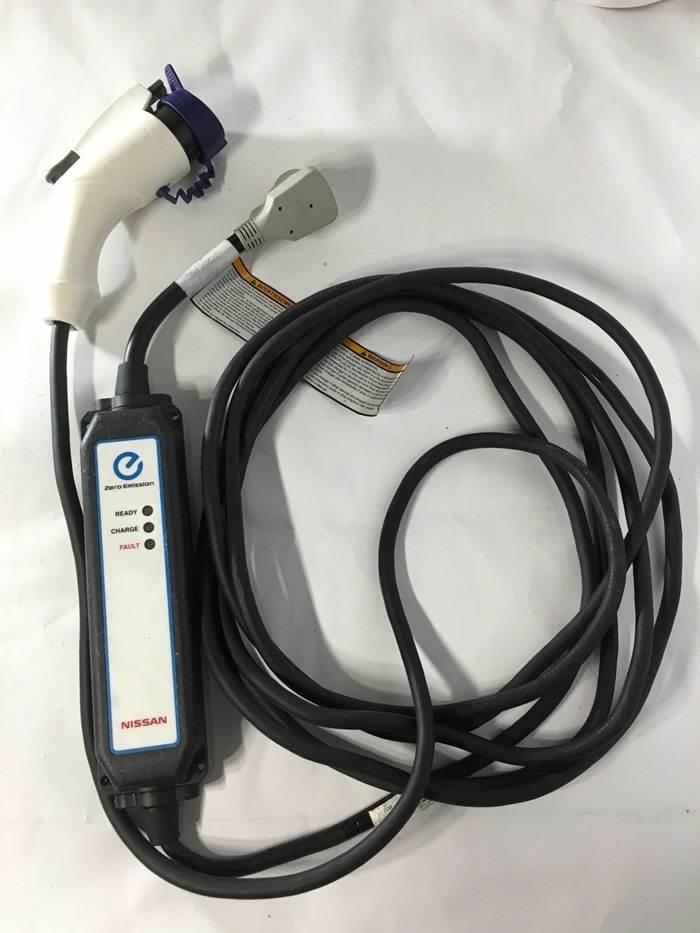
- Step 1: Locate a Standard Electrical Outlet
Find a standard 120-volt electrical outlet within close proximity to where you park your Nissan electric vehicle. Ensure the outlet is easily accessible and not overloaded with other devices.
- Step 2: Uncoil the Charger Cable
Uncoil the charging cable from the Nissan Level 1 charger and ensure it’s free from tangles or obstructions.
- Step 3: Plug in the Charger
Insert the plug of the Level 1 charger into the standard electrical outlet. Make sure the outlet is powered and functional.
- Step 4: Connect to the Vehicle
Locate the charging port on your Nissan electric vehicle. It is usually found in the front or back of the vehicle and may be concealed by a protective cover. Open the cover and plug the other end of the Level 1 charger into the charging port until it securely clicks into place.
- Step 5: Start Charging
Once the charger is connected to both the electrical outlet and the vehicle, the charging process should begin automatically. You may see indicators on the charger or the vehicle’s dashboard confirming that charging has commenced.
- Step 6: Monitor Charging Progress
Keep an eye on the charging progress, either through the vehicle’s dashboard display or the charger itself. Most Nissan electric vehicles provide information about the current state of charge and estimated charging time.
- Step 7: Disconnect and Stow Away
Once the vehicle is sufficiently charged or when you’re ready to drive, simply unplug the Level 1 charger from both the electrical outlet and the vehicle’s charging port. Coil the charging cable neatly and store it in a safe location for future use.
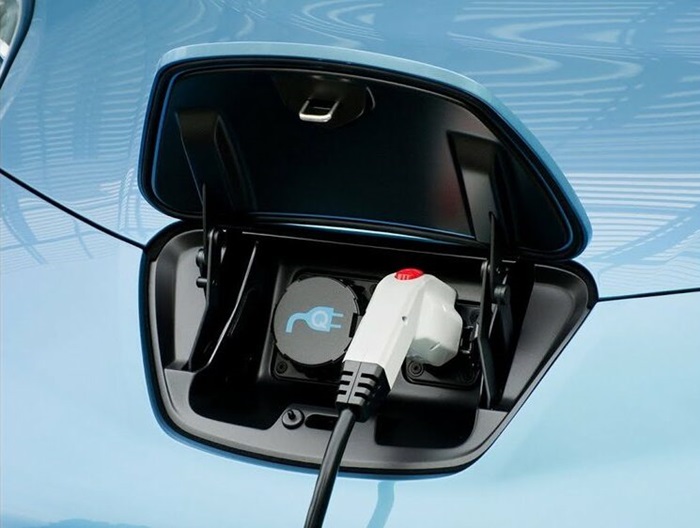
Charging Time and Range Impact
Using a Nissan Level 1 charger typically results in slower charging compared to Level 2 chargers. On average, it adds around 3–5 miles of range per hour of charging, depending on factors such as the vehicle model, battery size, and ambient temperature.
For example, a fully depleted Nissan LEAF with a Level 1 charger might take approximately 20–30 hours to reach a full charge from empty, assuming a standard 40 kWh battery capacity. However, this can vary based on individual circumstances.
- A Nissan Leaf with a 40kWh battery can add approximately 5 miles of range per hour of Level 1 charging.
- A larger Nissan Ariya with an 87kWh battery can add around 8 miles of range per hour with Level 1 charging.
Keep in mind that these are estimates and that factors like the outside temperature and the state of your battery can affect actual charging speeds.
Benefits of Using a Nissan Level 1 Charger
Using a Nissan Level 1 charger offers several benefits, particularly in terms of cost-efficiency and convenience for home charging:
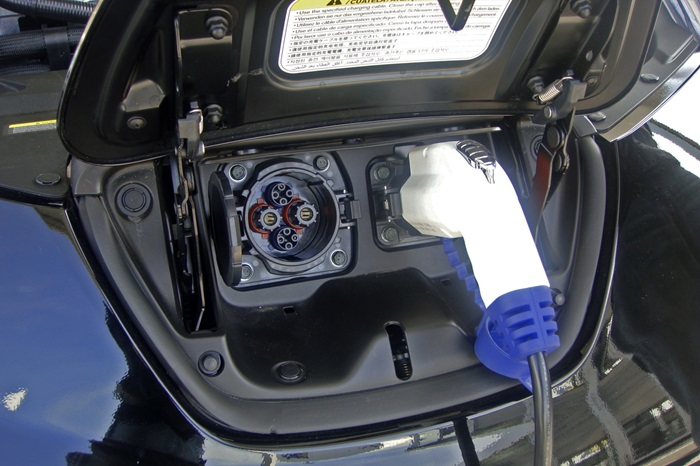
1. Cost-Efficiency
- Leverages Existing Infrastructure: The biggest advantage is that it utilizes your existing household outlet, eliminating the need for any additional expensive equipment installation. This makes Level 1 charging the most cost-effective way to charge your Nissan EV at home.
- Potentially Lower Electricity Rates: Depending on your electricity provider, you might have off-peak charging rates during nighttime hours. Level 1 charging is perfect for taking advantage of these lower rates to save money on charging costs.
2. Convenience for Home Charging
- Simple and Straightforward: Using a Level 1 charger is incredibly convenient. The cable is already included with your Nissan EV, and the process of plugging it in and charging is very user-friendly.
- Wide Availability: Since it uses a standard household outlet, you can charge your Nissan EV anywhere with access to one, providing flexibility for charging at home or even on the go if needed (think staying overnight at a friend’s place with a garage).
Common Issues and Troubleshooting
Even though Nissan Level 1 chargers (the standard charging cable that comes with your Nissan EV) are generally user-friendly, you might encounter some occasional issues. Here are some common problems and troubleshooting steps:
1. Slow Charging Speed
Remember, Level 1 charging is the slowest method. Charging speed depends on your Nissan model’s battery size and the amount of charge needed. Refer to your owner’s manual for estimated charging times based on battery capacity.
Extremely slow charging speeds could indicate a faulty charger or a problem with your Nissan’s onboard charging system.
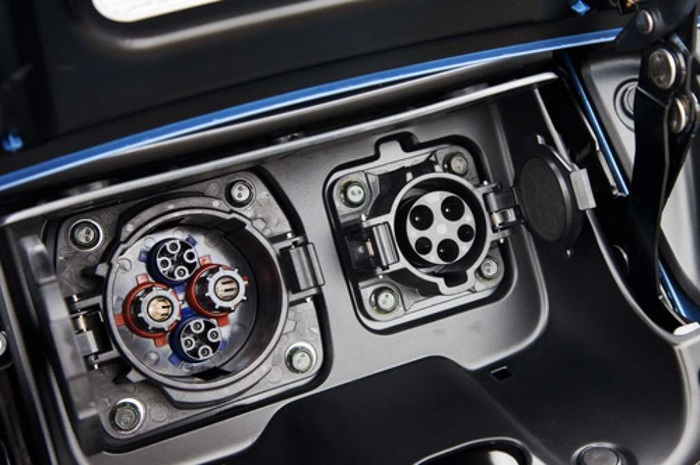
Troubleshooting Steps:
- Check Connections: Ensure both the charger’s plug is securely fitted into the wall outlet and the J1772 connector is snugly plugged into your car’s charging port.
- Try a Different Outlet: If possible, connect the charger to a different outlet to rule out a potential issue with the original outlet.
- Consult the Manual: Your Nissan’s owner’s manual might have additional troubleshooting tips for slow charging.
Connection Problems
The charger might not initiate charging, or the indicator lights might not behave as expected. The cause could be a loose connection, a damaged cable, or a faulty charger.
Troubleshooting Steps:
- Inspect the Cable: Look for any visible signs of damage on the charging cable, such as fraying or broken wires.
- Check Connections: Ensure both the plug and J1772 connector are securely fastened.
- Try Resetting: If your Nissan has a charging port latch or button, try opening and closing it a couple of times to see if it helps establish a connection.
- Consult the manual: Your owner’s manual might have specific instructions for resetting the charging system in your Nissan model.
Additional Tips
- Extreme Temperatures: Extremely hot or cold weather can affect charging speed. Ideally, charge your Nissan in a temperature-controlled environment whenever possible.
- Mobile App Check: If your Nissan has smartphone app connectivity for monitoring charging, check the app for any error codes or messages that might provide clues about the issue.
If you’ve gone through these troubleshooting steps and the problem persists, it’s recommended to consult your Nissan dealership or a qualified technician to diagnose the issue further.
The Nissan Level 1 charger is a convenient and affordable option for charging your Nissan electric vehicle at home. The Nissan Level 1 charger comes standard with new Nissan EVs and is also available for purchase separately. It’s a reliable and easy-to-use solution for keeping your Nissan charged and ready to go.

Henry Michael is a leading expert in EV charging station research, specializing in innovative solutions for electric vehicle infrastructure. With a passion for sustainability and technological advancement, he is dedicated to advancing the accessibility and efficiency of EV charging worldwide.

